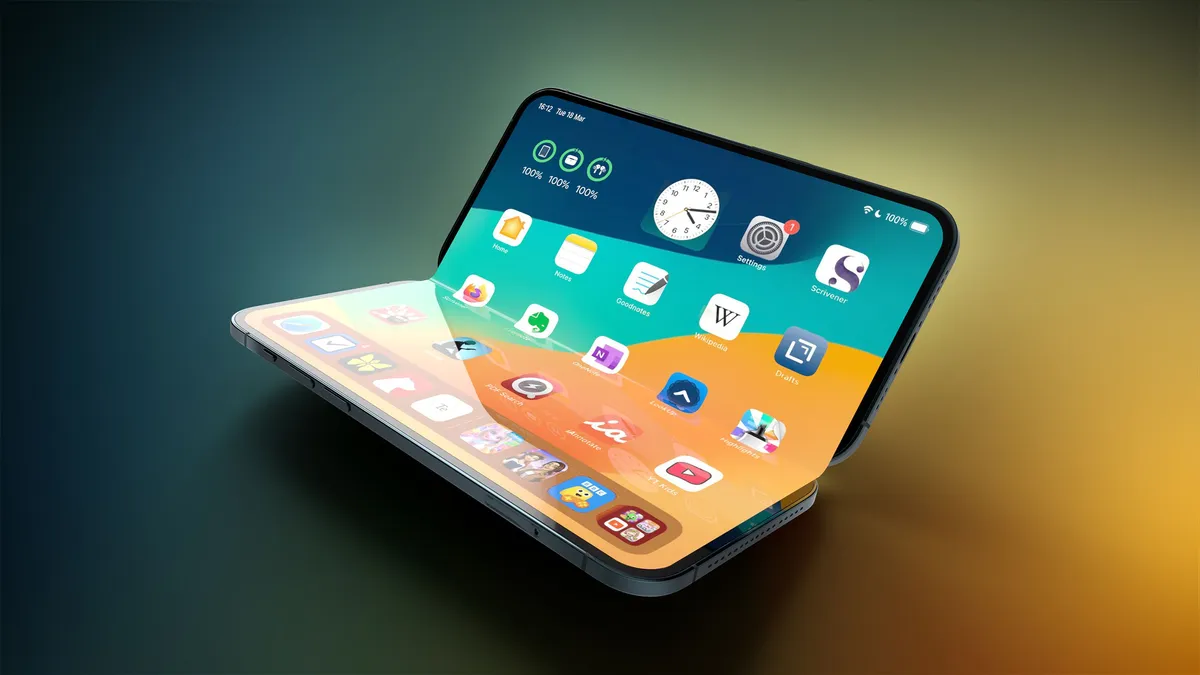
In a significant development for the smartphone industry, Samsung Display is set to supply Apple with innovative crease-free displays for the highly anticipated foldable iPhone. This revelation comes from renowned Apple supply chain analyst Ming-Chi Kuo, who has a strong track record for predicting Apple’s product moves.
To achieve a truly crease-free inner display, Kuo explains that the upcoming foldable iPhone will incorporate a unique metal plate designed to disperse and control the stress that occurs when bending the screen. This cutting-edge technology aims to provide users with a more seamless experience, free from the visible creases that have plagued foldable smartphones in the past.
The metal plates crucial for this technology will predominantly be supplied by a company named Fine M-Tec, known for its expertise in manufacturing high-quality components. Despite Samsung Display's advancements in foldable screen technology, its current flagship, the Galaxy Z Fold 7, still exhibits a noticeable crease on its inner screen. This indicates that Samsung Display may need to develop a custom solution specifically for Apple to ensure the foldable iPhone can feature a genuinely crease-free design.
Interestingly, it remains unclear why Samsung has not yet applied this emerging technology to its own foldable devices, which also rely on metal plates from Fine M-Tec. This situation raises questions about the potential differences in design philosophies between the two tech giants.
In addition to the crease-free display, earlier this year, Bloomberg’s Mark Gurman indicated that the foldable iPhone would feature a superior hinge design compared to other foldable smartphones on the market. This advanced hinge is expected to allow for a nearly invisible crease when the device is fully opened, enhancing the overall user experience.
According to Kuo, Apple aims to commence mass production of the foldable iPhone in the second half of 2026, with a possible launch as early as next year. The device is expected to boast a 7.8-inch inner display and a 5.5-inch outer display, catering to a wide range of user needs. Additionally, the foldable iPhone will feature two rear cameras, one front-facing camera, and a Touch ID power button for user authentication, opting for this mechanism over Face ID sensors.
When unfolded, the foldable iPhone is projected to be as thin as 4.5mm, while its folded dimensions will range between 9mm and 9.5mm. For comparison, the Galaxy Z Fold 7 measures at 4.2mm when unfolded and 8.9mm when folded. This indicates that while the first foldable iPhone may be slightly thicker than Samsung's latest offering, Apple is clearly making strides in the foldable smartphone market.
As the technology landscape continues to evolve, the introduction of a crease-free foldable iPhone could redefine user expectations and set new standards for future smartphone designs.